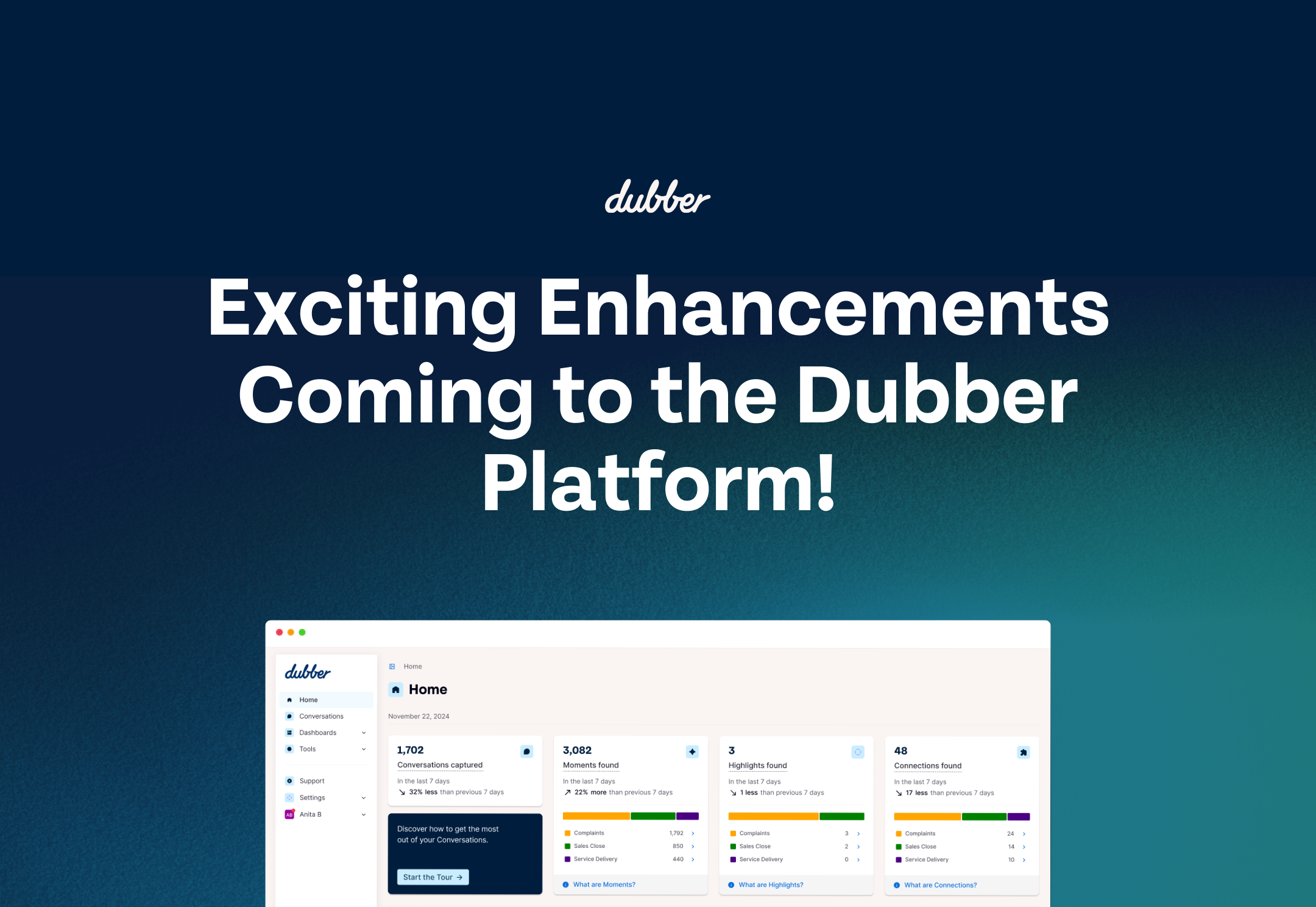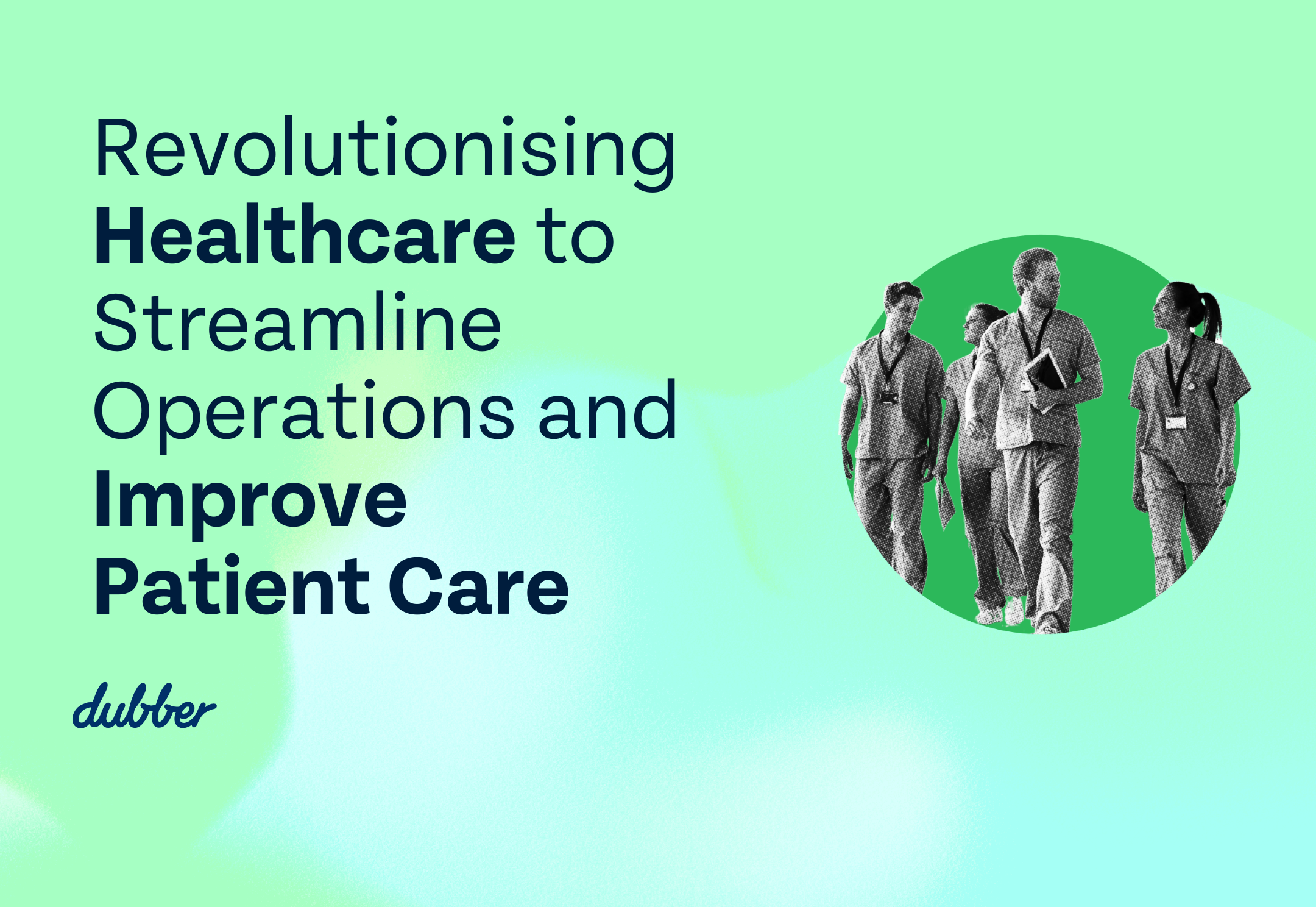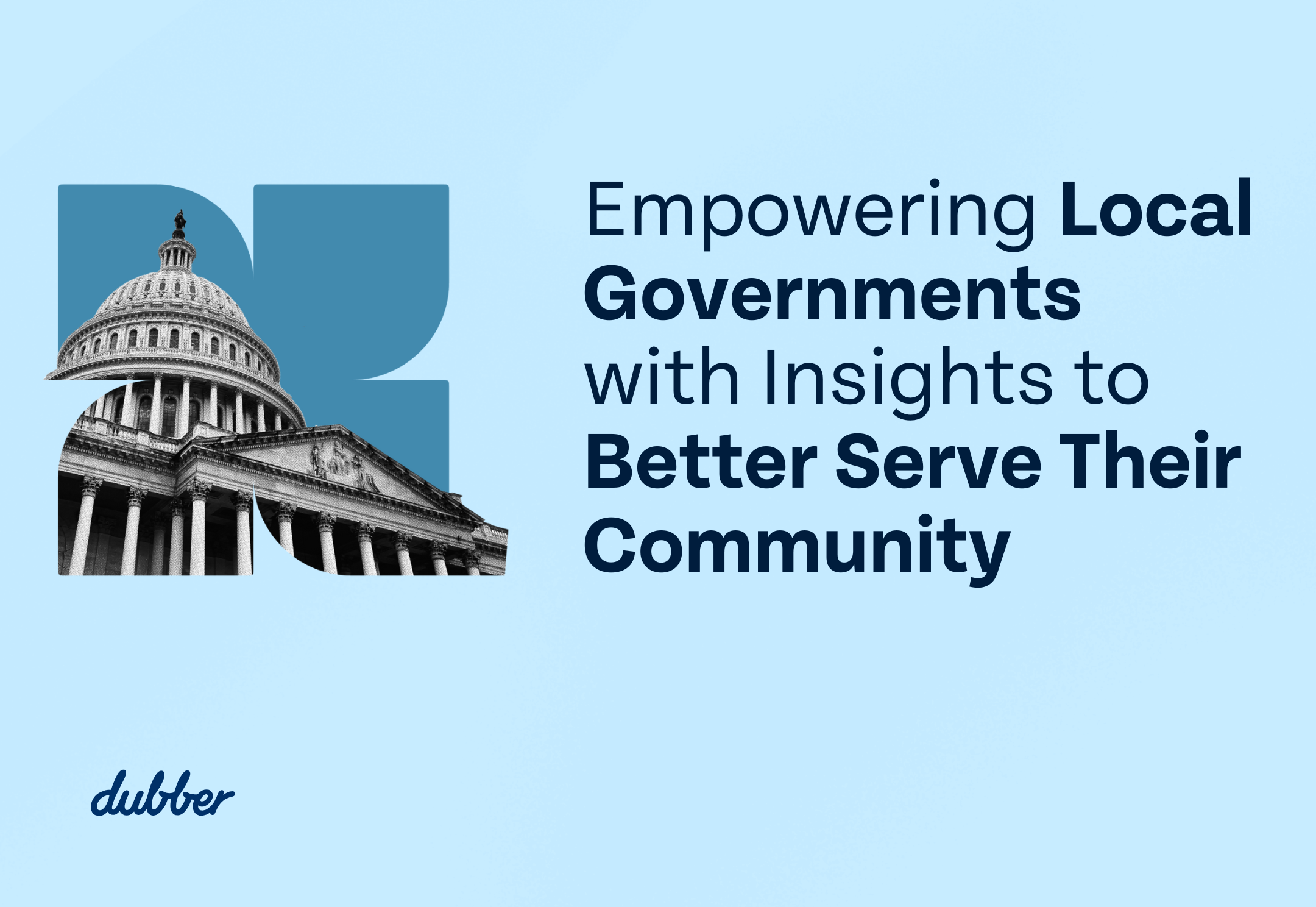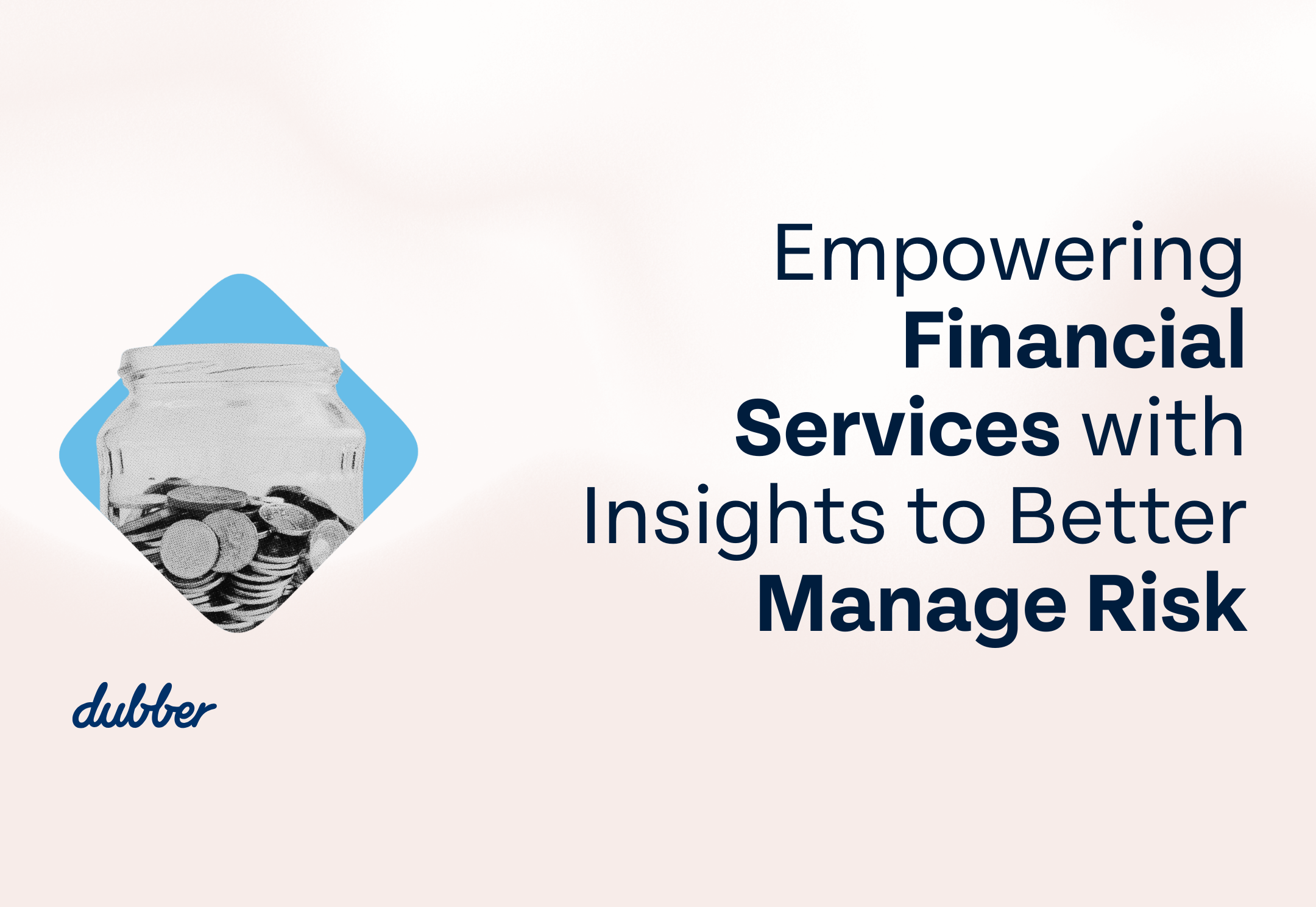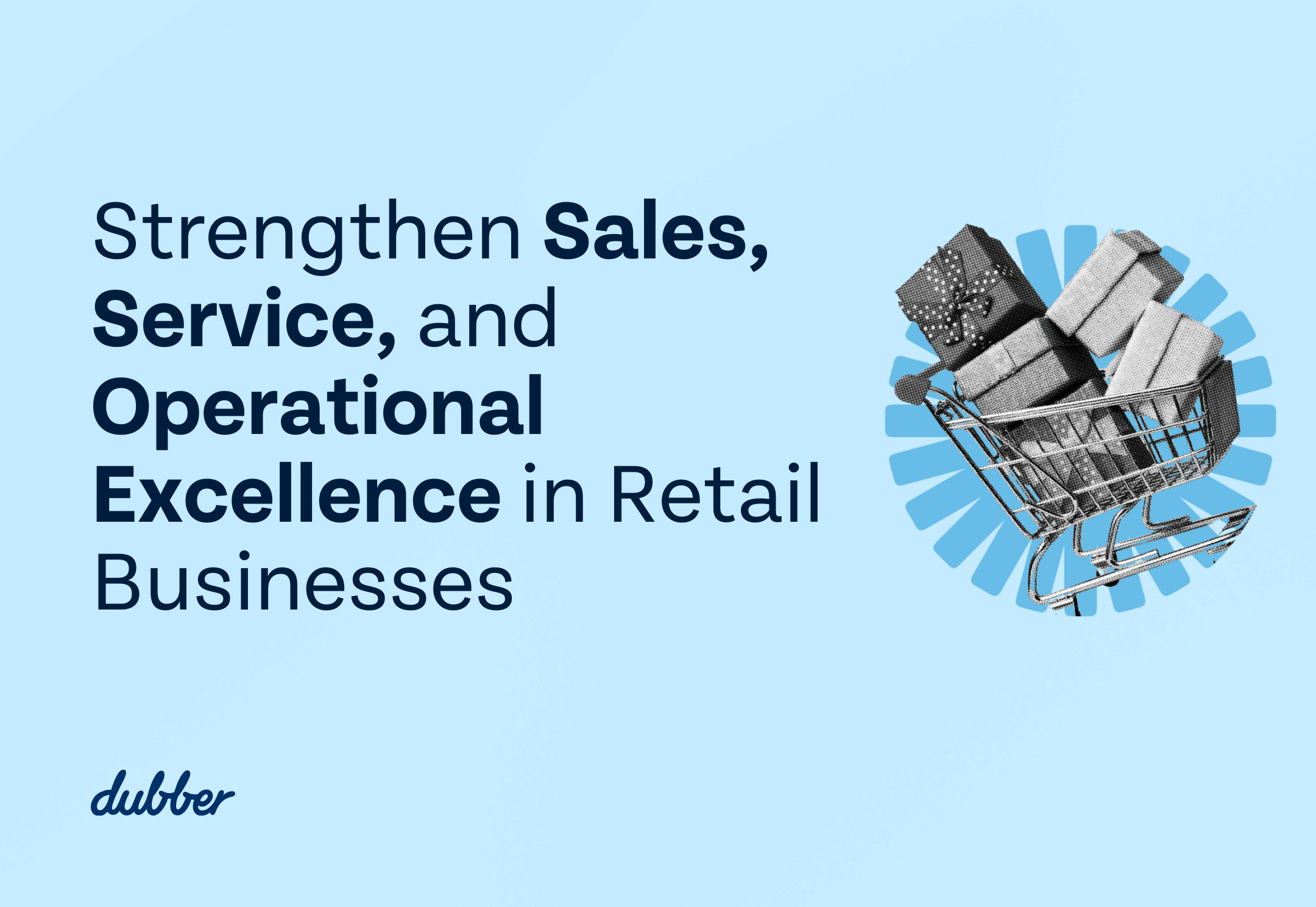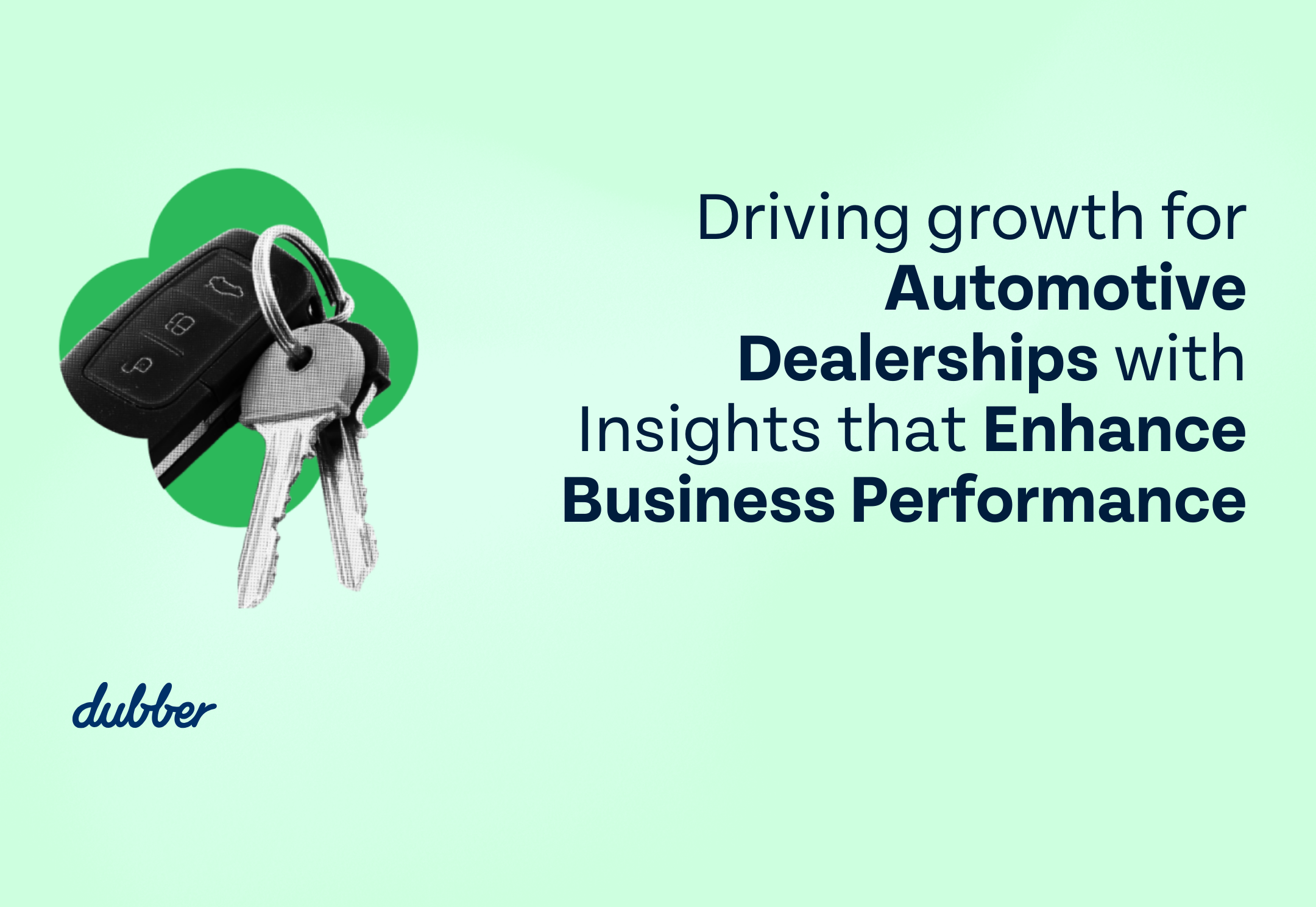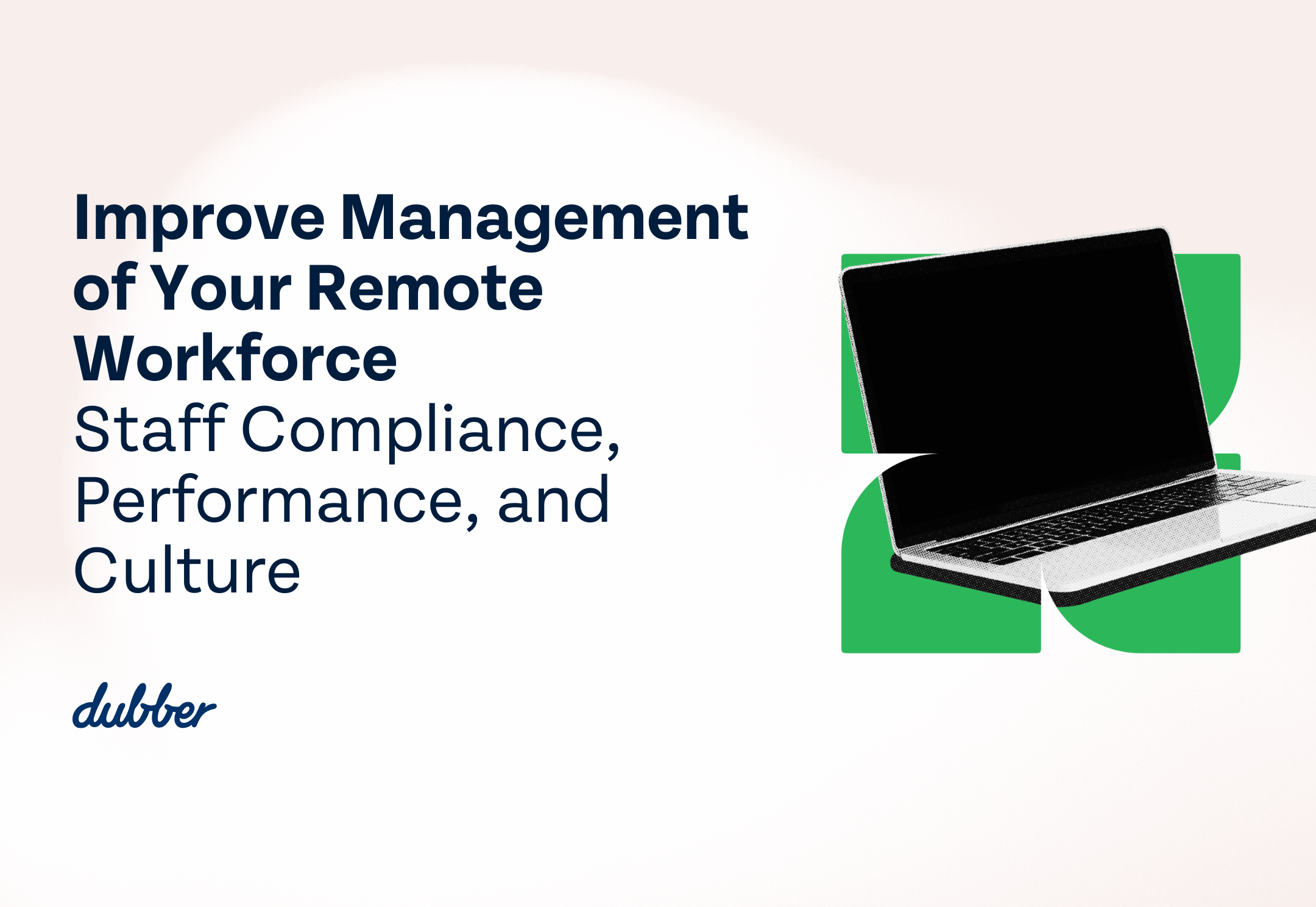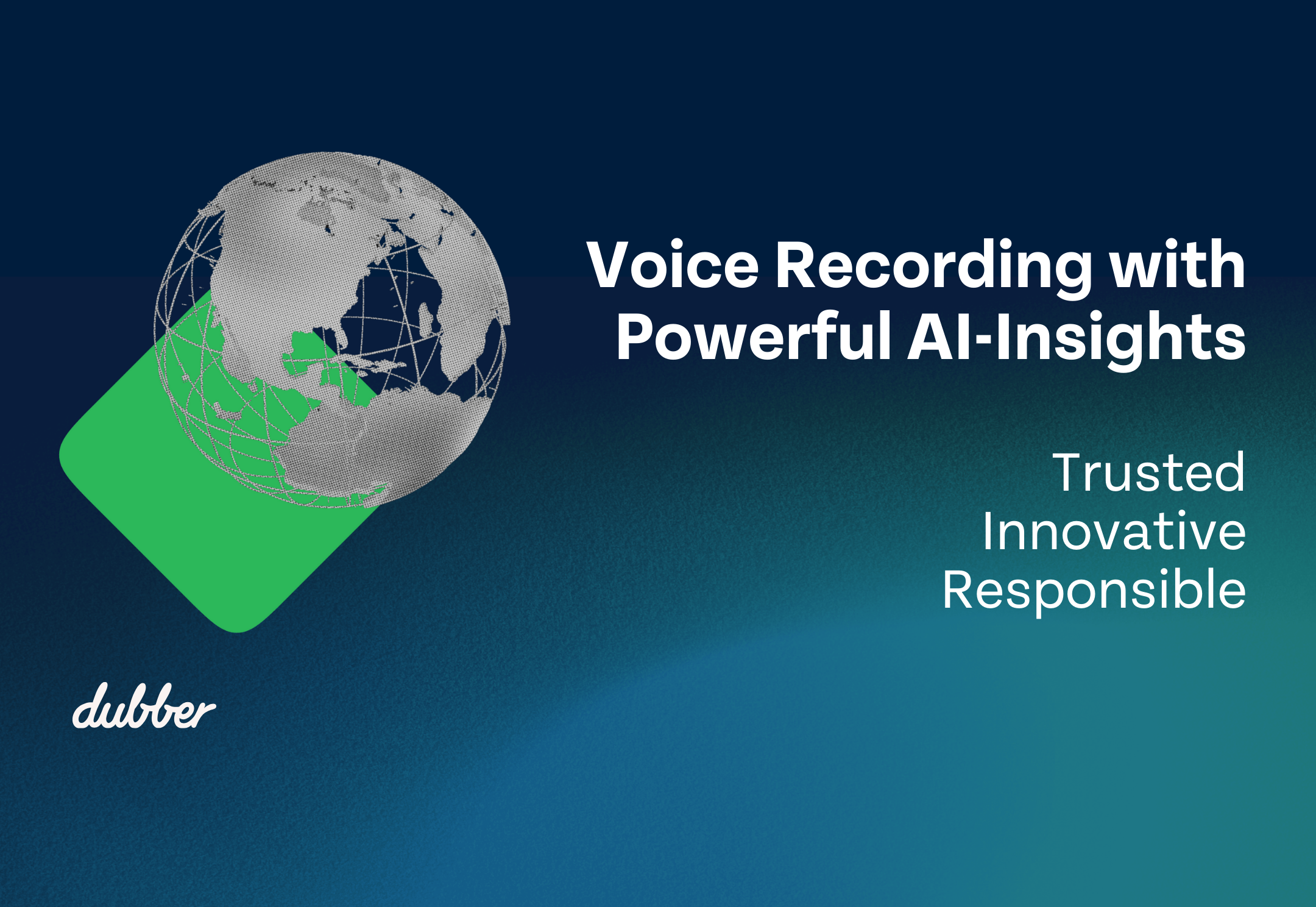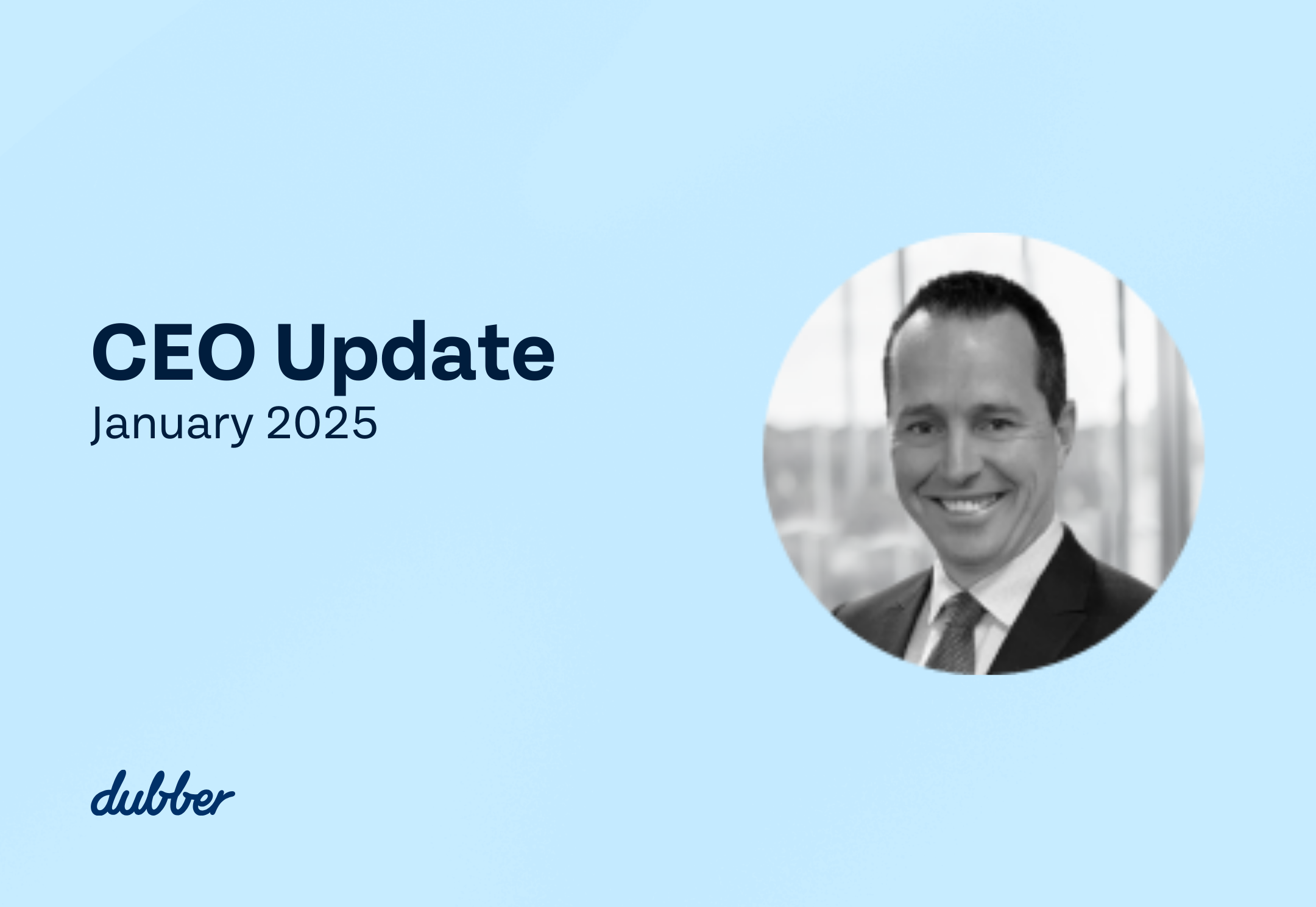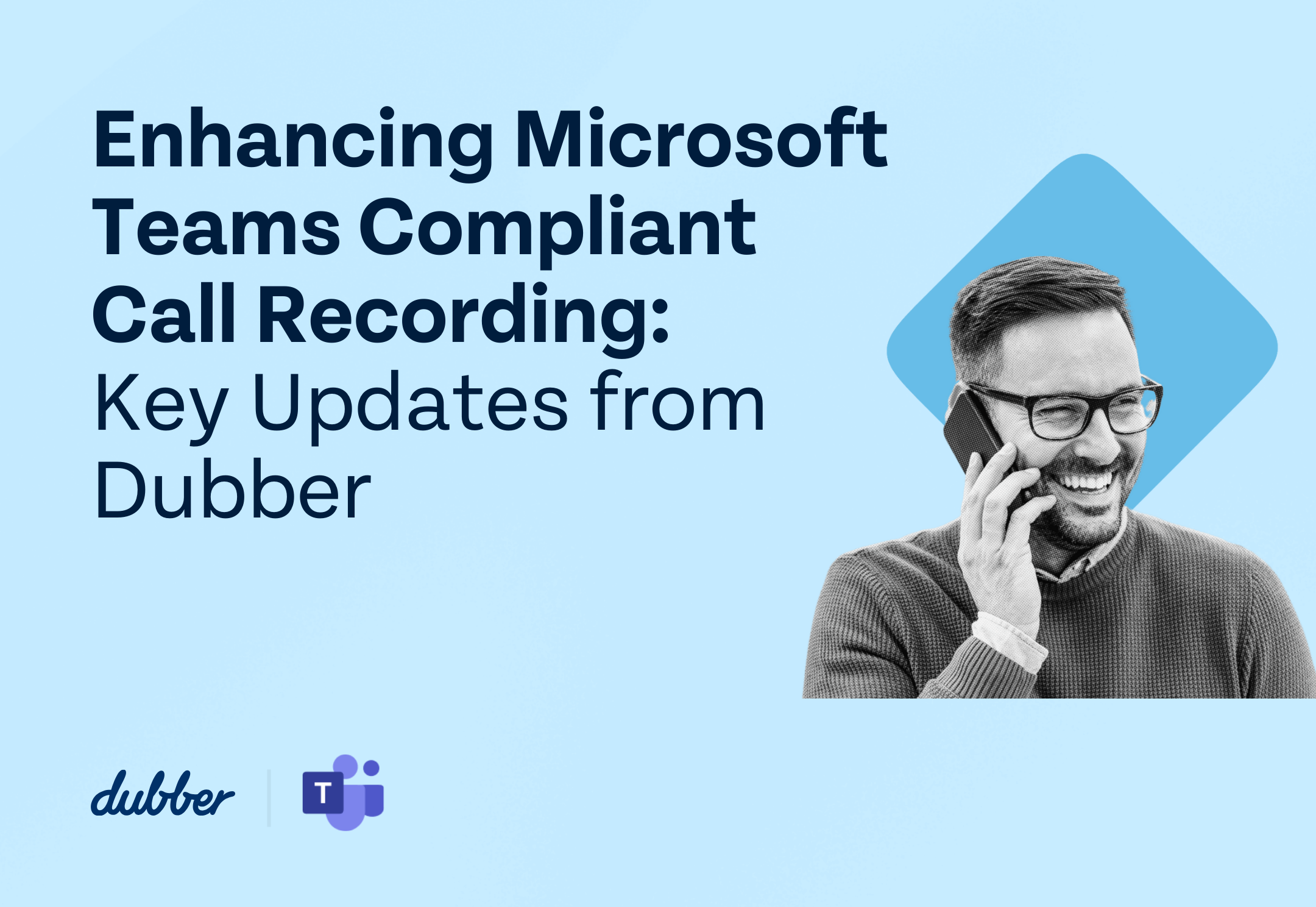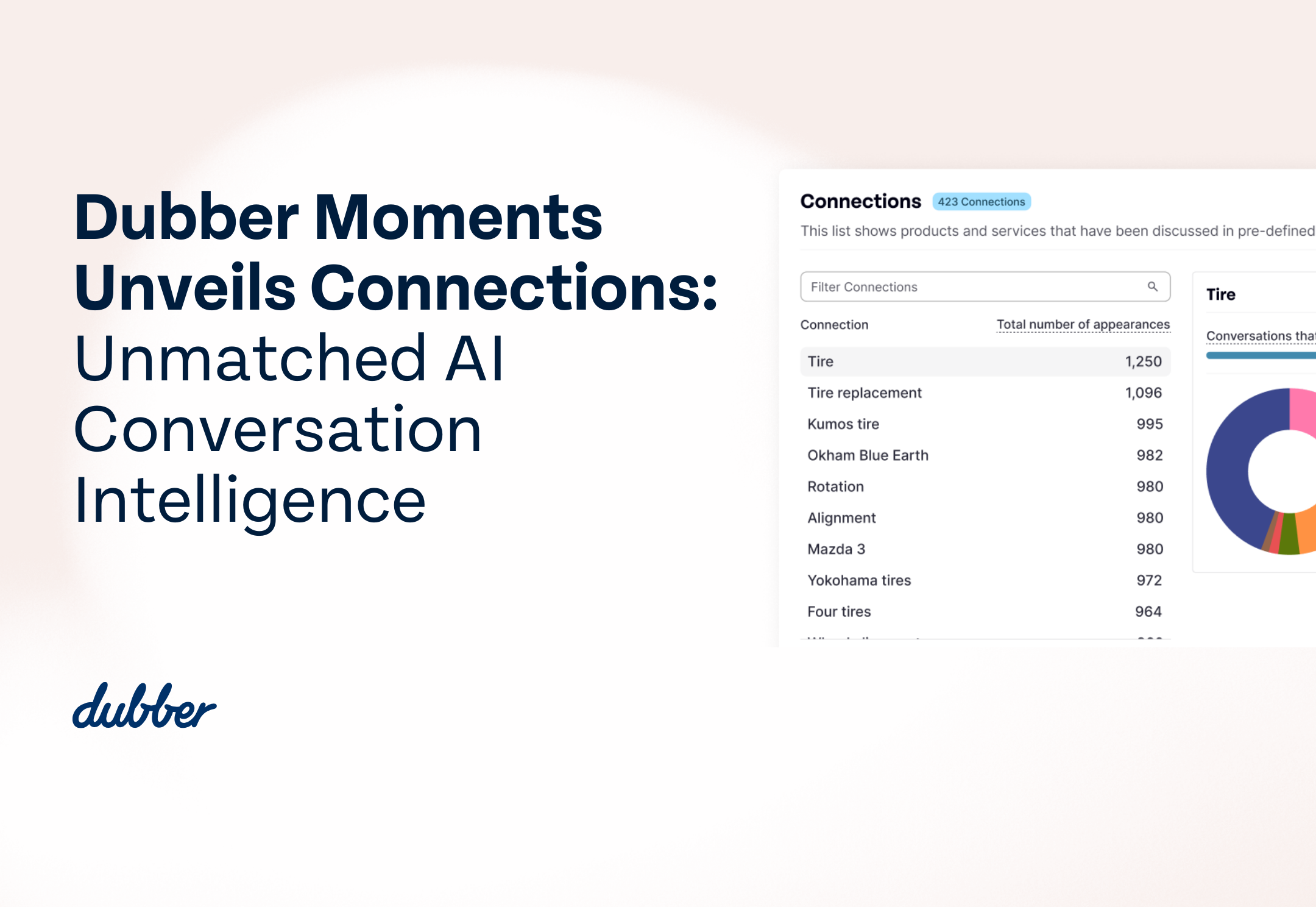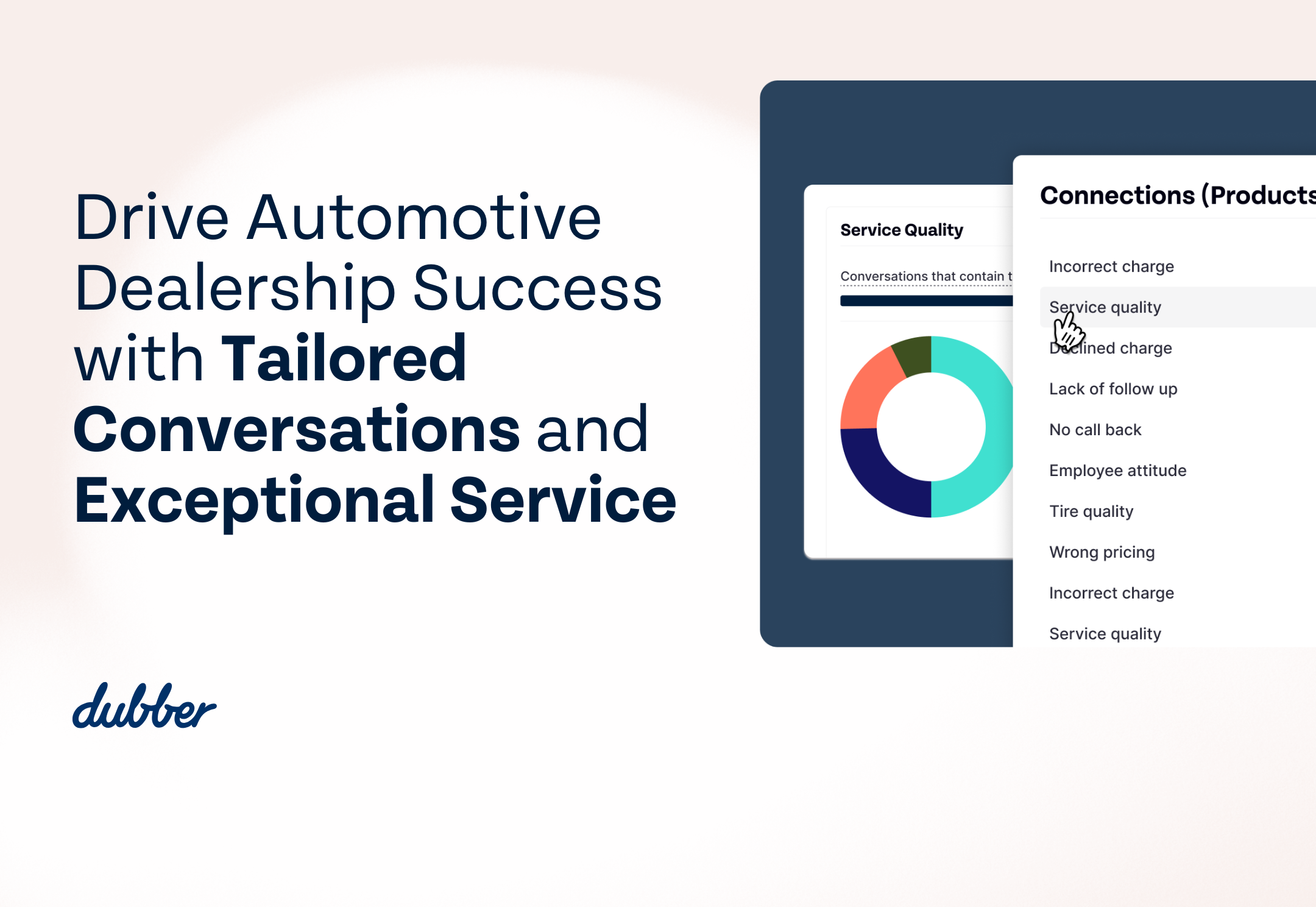
Automotive dealership success relies on providing quality vehicles and parts, along with delivering valuable customer experiences. Dubber helps dealerships prioritise exceptional service by understanding customer needs and streamlining sales processes leading to improved customer loyalty, higher conversion rates, and increased repeat business.
Increase Sales Performance with Tailored Customer Conversations
Each conversation is an opportunity to address customer needs and move towards closing a sale. With analysis overview information and comprehensive insights of conversations like sentiment monitoring, Dubber supports dealerships in identifying key opportunities to maximise engagement and sales conversion success.
For example, during customer inquiries, dealerships can pinpoint exact moments where a small, yet crucial, action such as confirming a specific showroom booking time or test drive, can significantly increase the likelihood of securing an appointment. And when financial constraints are preventing a sale commitment, Dubber can quickly flag this for staff to offer targeted solutions like coupons, or financing options. By revealing unseen and data-driven opportunities, dealerships create a more proactive sales process, increase showroom visits, and provide immediate value to the customer.
Address Concerns and Provide Better Service
Addressing service queries go beyond finding the solution, but also informing customers and managing their expectations. By leveraging fact-based data, dealerships can streamline and strengthen customer interactions with consistent, proactive communication.
With Dubber, automotive dealerships can be notified when a key gap in communication is identified during the servicing process, such as when customers are not receiving timely status updates or next steps, especially in workmanship complaints. By providing clear information of when they will be contacted again or how long a resolution will take, dealerships can improve customer confidence, satisfaction and service experience.
By leveraging Dubber, dealerships gain a powerful tool that turns every conversation into an opportunity to improve the service experience for both the dealership, and the customer.
For questions or to learn more, contact us here: contactus@dubber.net.
